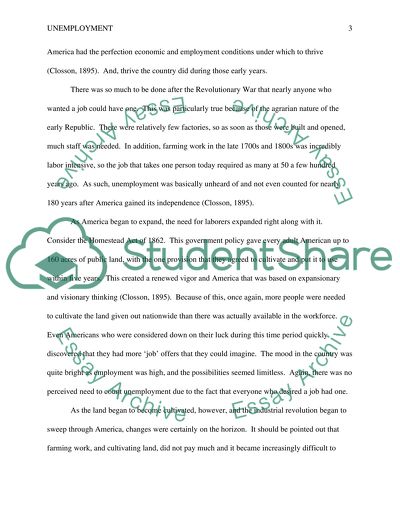Cite this document
(“History of Unemployment in America Research Paper”, n.d.)
History of Unemployment in America Research Paper. Retrieved from https://studentshare.org/macro-microeconomics/1494559-history-of-unemployment-in-america
History of Unemployment in America Research Paper. Retrieved from https://studentshare.org/macro-microeconomics/1494559-history-of-unemployment-in-america
(History of Unemployment in America Research Paper)
History of Unemployment in America Research Paper. https://studentshare.org/macro-microeconomics/1494559-history-of-unemployment-in-america.
History of Unemployment in America Research Paper. https://studentshare.org/macro-microeconomics/1494559-history-of-unemployment-in-america.
“History of Unemployment in America Research Paper”, n.d. https://studentshare.org/macro-microeconomics/1494559-history-of-unemployment-in-america.


